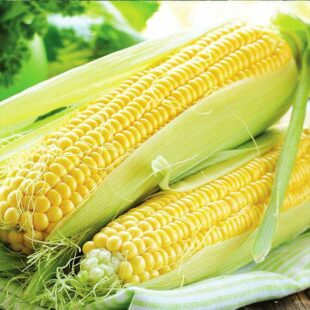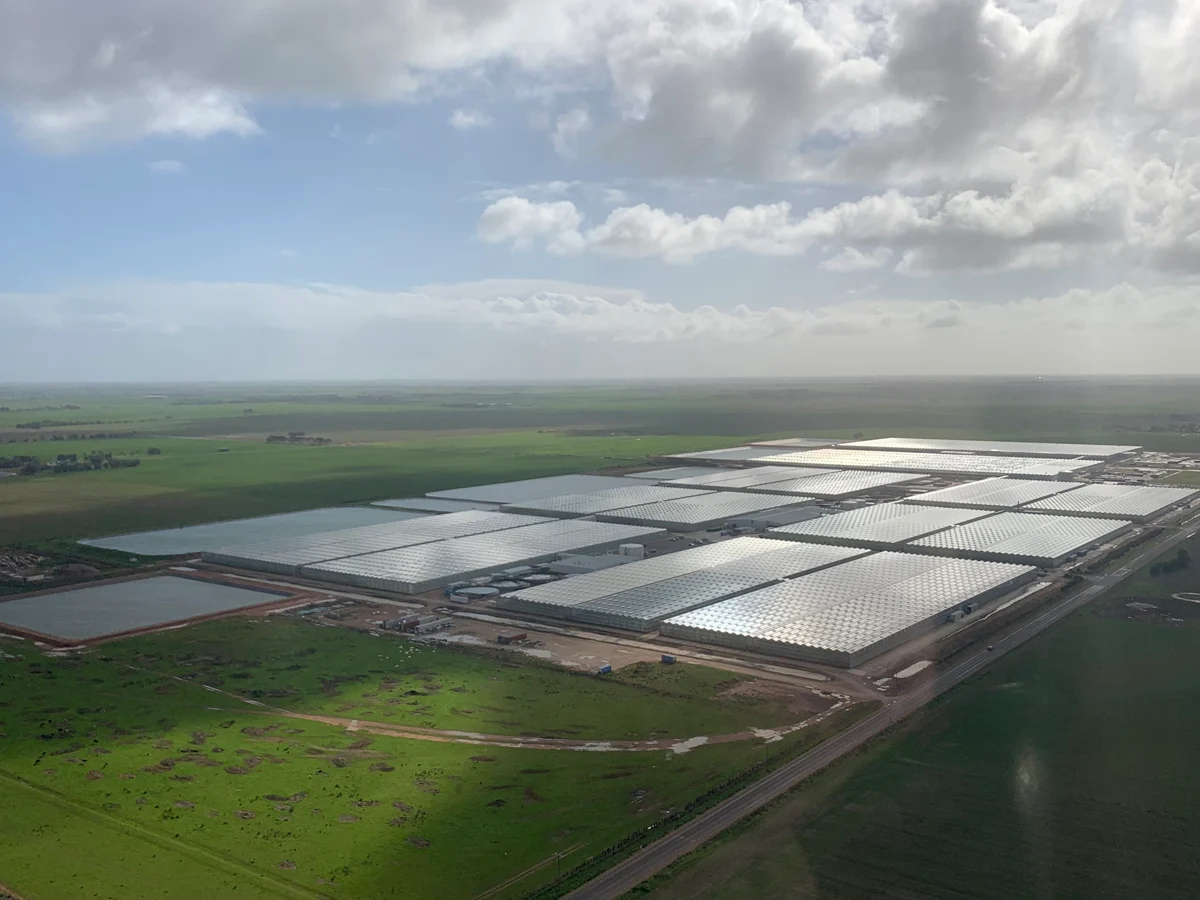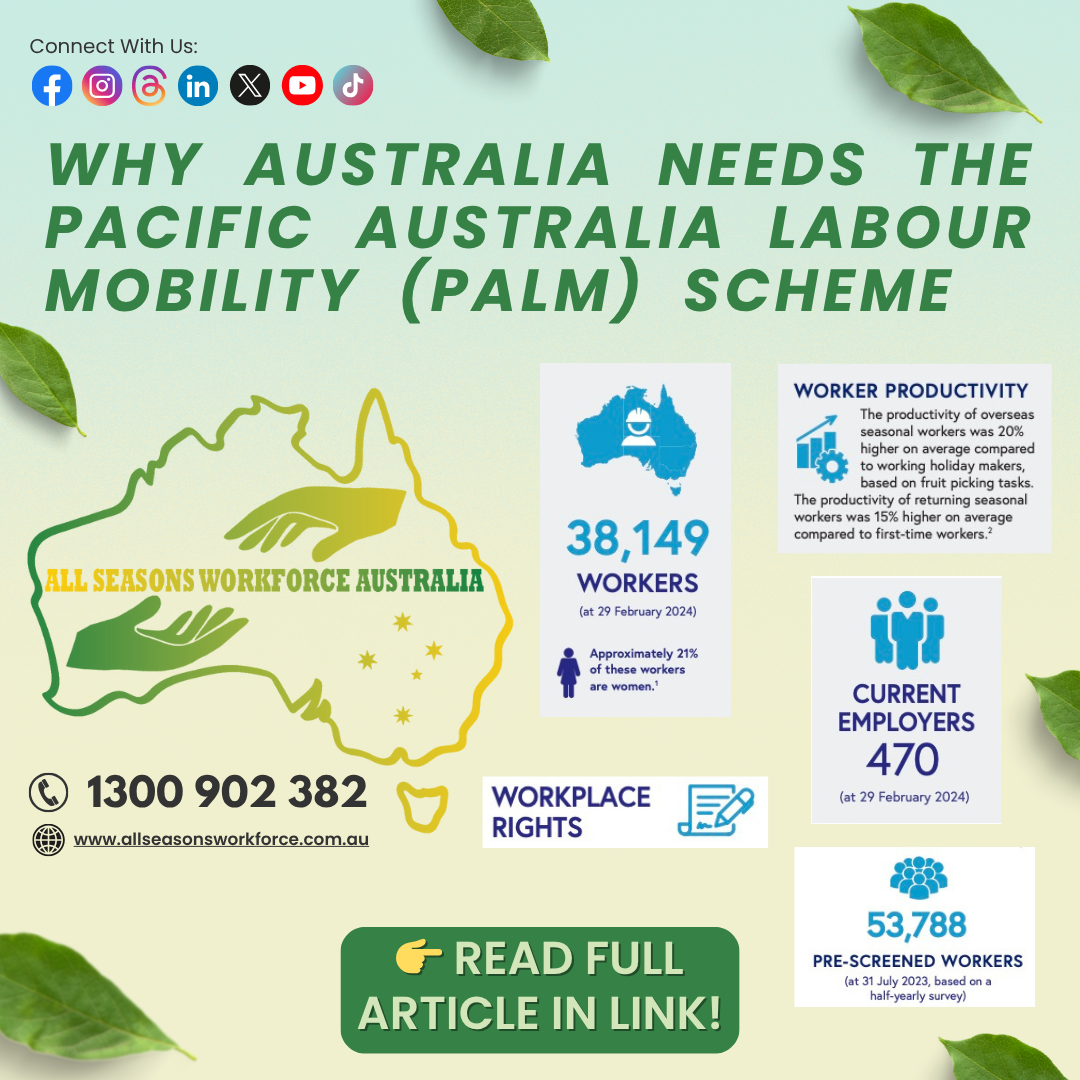
June 24, 2024 • ALL SEASONS WORKFORCE AUSTRALIA

The current status of sweet corn growing in France is reported by Nicolas Montepagano, branch manager of A.G.P.M. France is a European leader, as the second largest producer of sweet corn for manufacture and tied for first in canned corn output. However, with more than 80% of production being exported, the country’s consumption levels remain constrained. Sweet corn production has increased dramatically in recent years on the organic market, but its consumption, like that of the overall sector, is currently in decline.
Corn has been cultivated since ancient times, with its origins in South America dating back to around 7,000 BC. The first written reference of sweet corn dates from 1801 and is significantly more recent. Sweet corn’s popularity and consumption began in North America, particularly in the United States, beginning in 1865 (during the Civil War) and intensifying in the 1930s. From the 1970s onwards, sweet corn became popular throughout Europe, beginning in France. The initial factories were built in the centre and south-west of the country, but with the construction of the first facility in the Landes in 1975, sweet corn cultivation became truly grounded in southwestern France. The development of industrial tools propelled the French market to new heights in the 1980s, lasting into the mid-1990s.
France is second in the European Union in terms of sweet corn production for manufacturing, after only Hungary and ahead of Poland, Spain, and Italy. Hungary controls 45 percent of the EU’s surface area, while France controls 31 percent. The 750 farmers that produce this corn are part of five French producer organisations. The French maize is processed in seven factories in France: four for canned corn, two for frozen corn, and one for both canned and frozen corn. A minor portion of the produce is processed in a factory in Spain, but the amounts are insignificant. The industrial tools are situated close to the production plots to ensure that harvest and packaging are performed as quickly as possible.
France is the second largest producer of frozen sweet corn in the EU, after Hungary (in 2019-2021: France = 27% of the EU frozen sweet corn volumes and Hungary = 38%). Besides this corn production for manufacturing, hundreds of hectares are dedicated to the fresh market, especially via short circuits, but this production remains quite limited in France. The consumption of canned sweet corn in France remains limited, with less than 1kg per inhabitant per year. The average French person consumes about 600g of canned sweet corn per year (at home and outside of the home), which is the equivalent of a 4/4 can (850mL). This format does not really sell in France. The most popular formats are the ½ can (425mL) or ¼ can (212 mL). For the canned sweet corn, 82% of the French production is exported and 76% of the exports go to countries within the EU (mostly to the UK, Germany, Spain and Italy – in 2019-2021).
The consumption of organic corn in cans also decreased in 2021 (after having more than doubled in 2020 and being multiplied by 8 between 2016 and 2020). It represents nearly 9.8 million 4/4 cans in 2021, which is 18% of the home sales by volume. It had reached 21% of the total sweet corn home purchases in 2020. Nearly 20% of the French households consume canned organic corn (1.76 cans per year for an average annual budget of 3.92€ [4.20 USD].

Australia’s protected cropping sector has reached another major milestone, with a $168 million acquisition of the country’s largest hydroponic glasshouse facility at Two Wells, South Australia. The purchase, led by Centuria Capital, highlights the growing appetite for agricultural assets as investors seek resilient, long-term opportunities tied to food security and high-value horticulture. Located approximately 50 […]
Read More →
Australia’s regional industries such as agriculture and horticulture rely on machinery that must run reliably, especially during high-intensity periods such as harvest, planting and peak processing. However, for years, farmers have faced costly delays, restricted access to diagnostic tools and limited repair options due to manufacturer-controlled repair systems. The national push for a Right to […]
Read More →
Australia’s agricultural, horticultural, meat processing and regional industries rely heavily on a stable and capable workforce. Yet for more than a decade, labour shortages have intensified across regional Australia, creating significant challenges for growers, processors and employers who depend on predictable seasonal and long-term staffing. The Pacific Australia Labour Mobility (PALM) Scheme has become one […]
Read More →